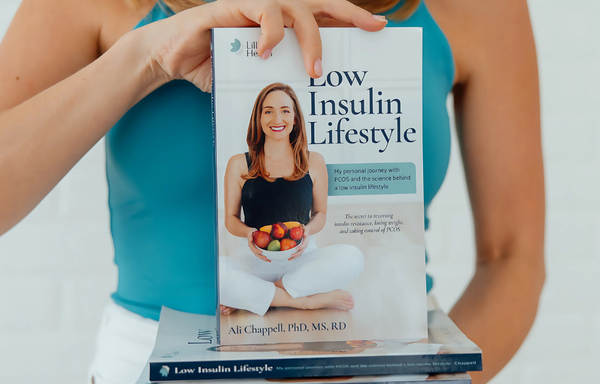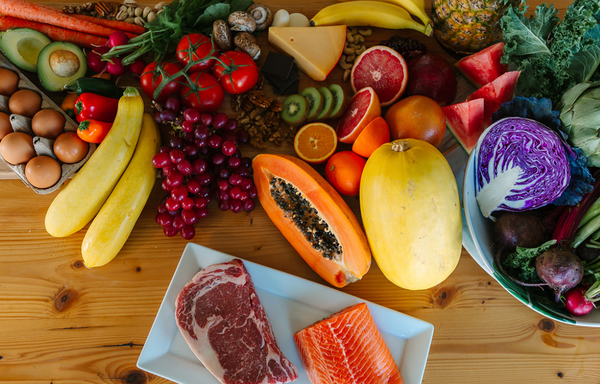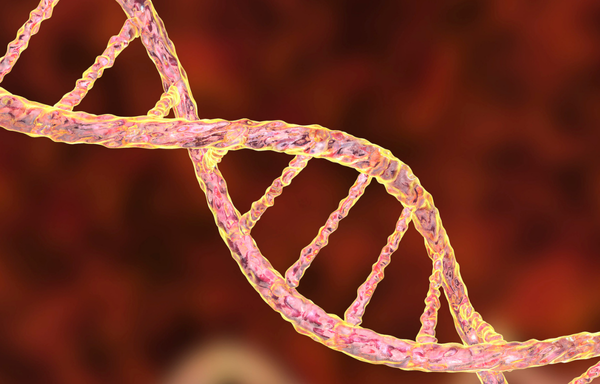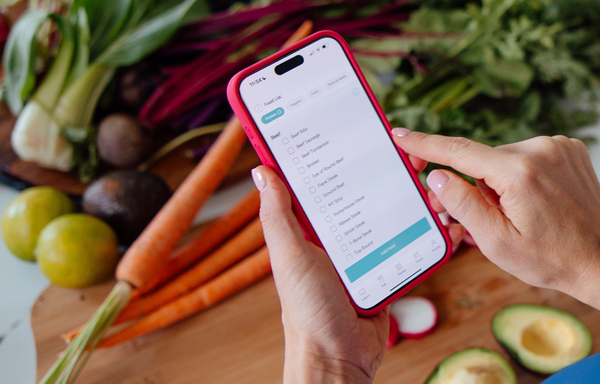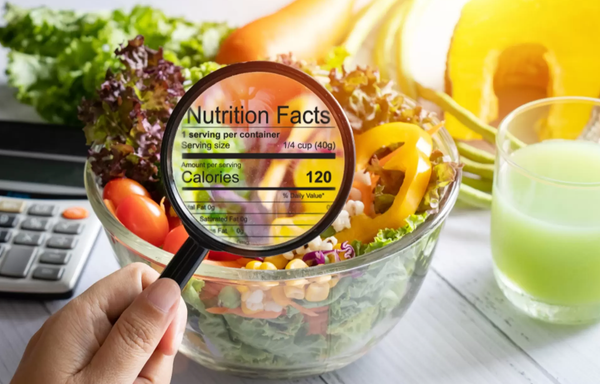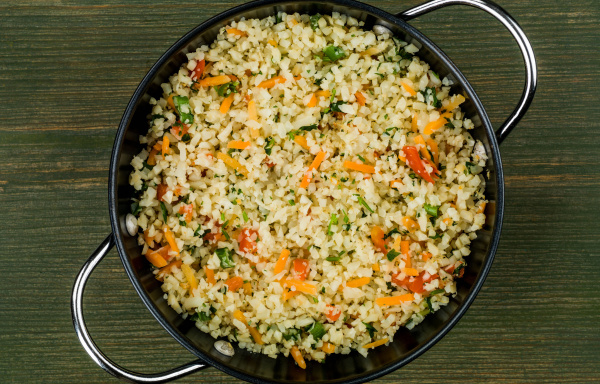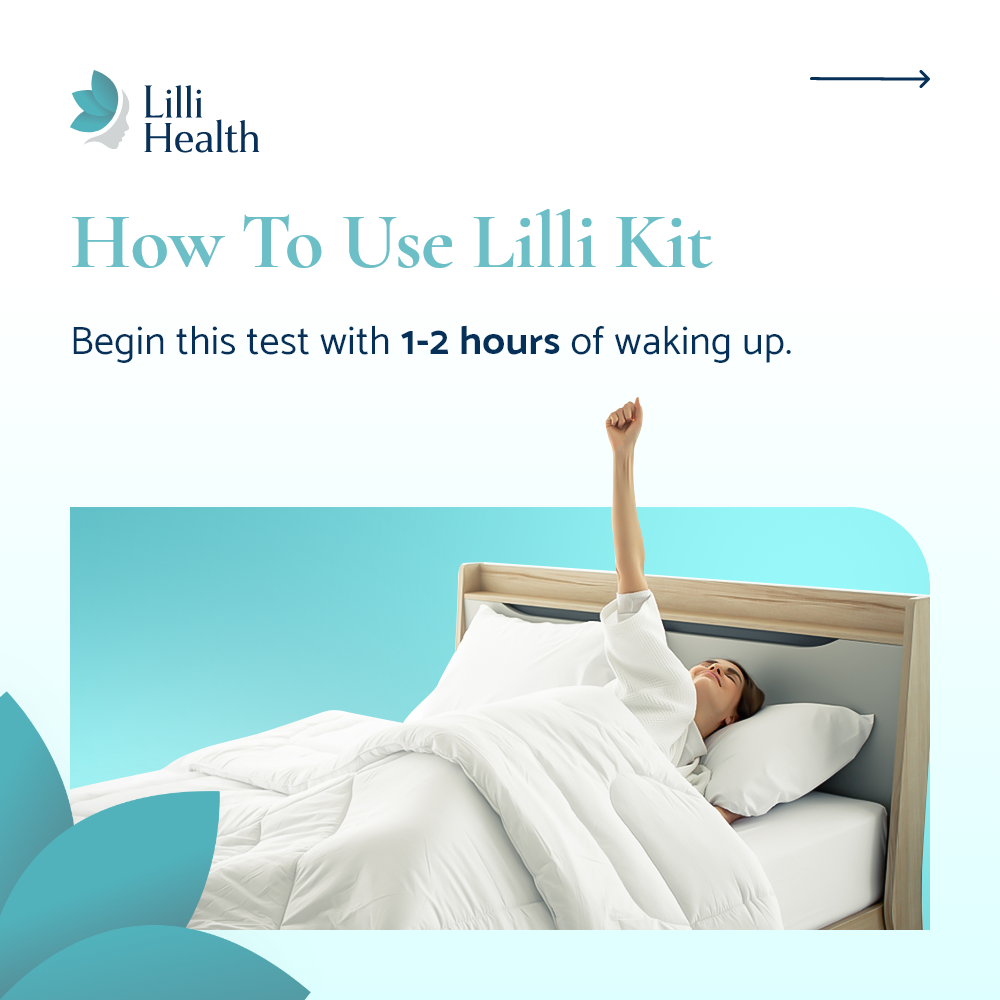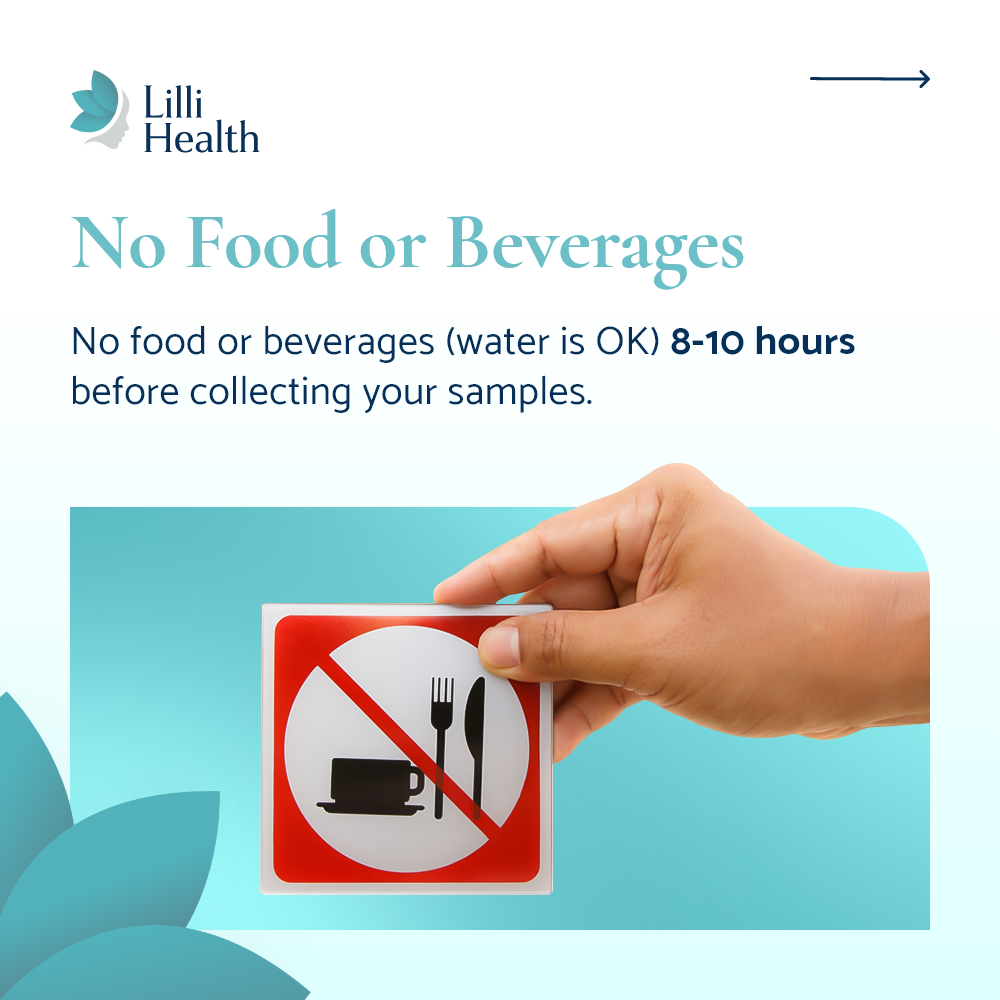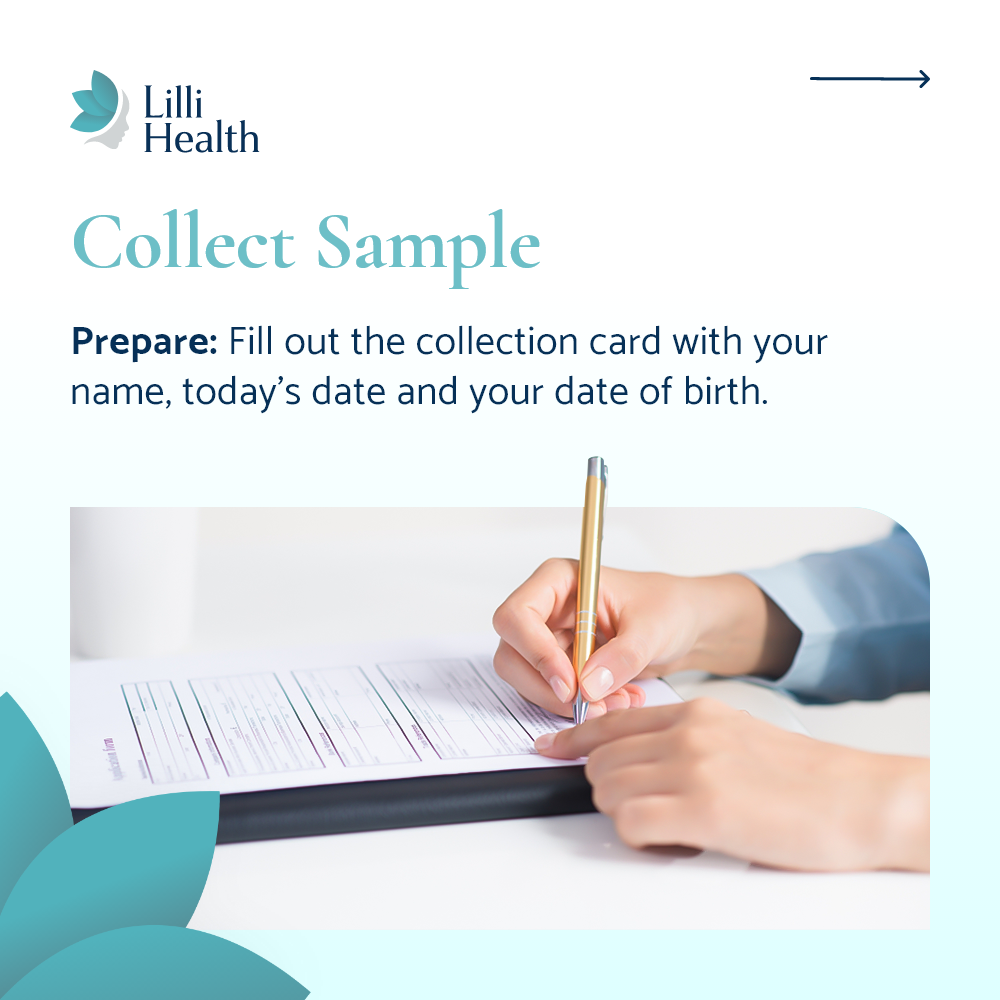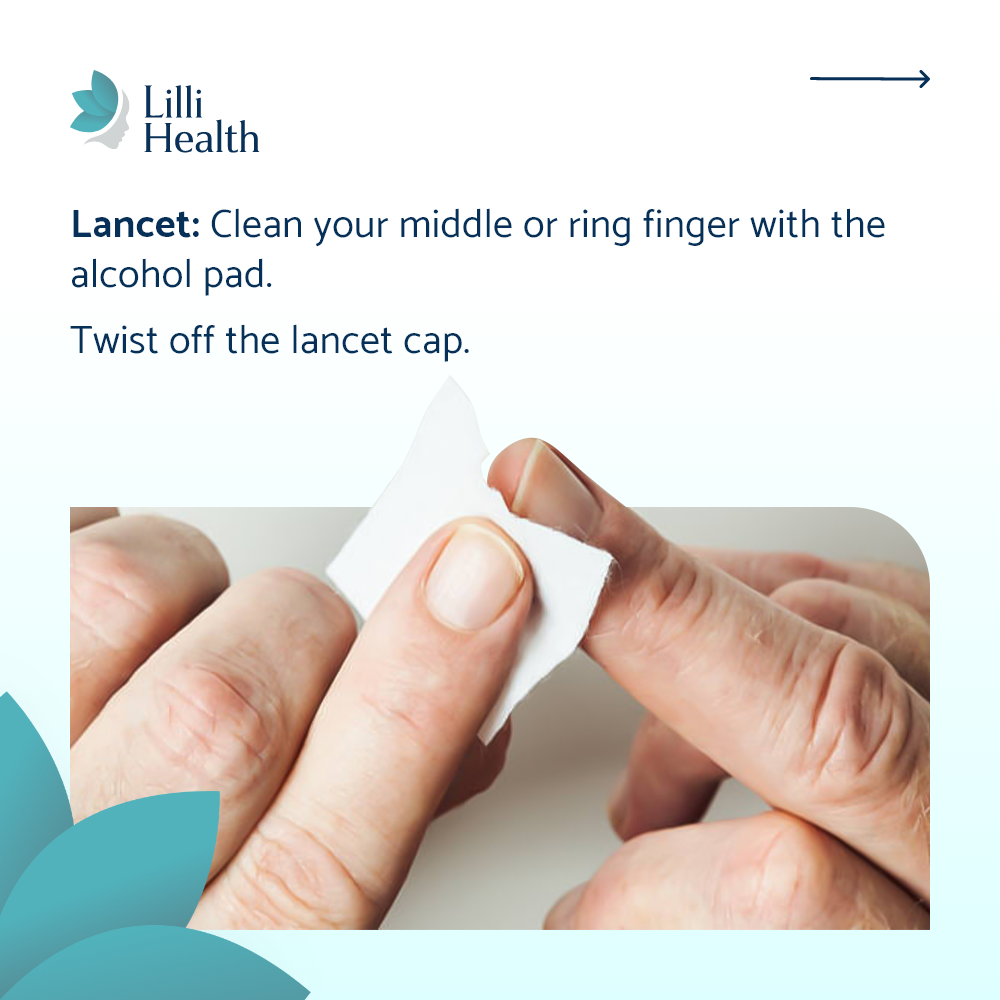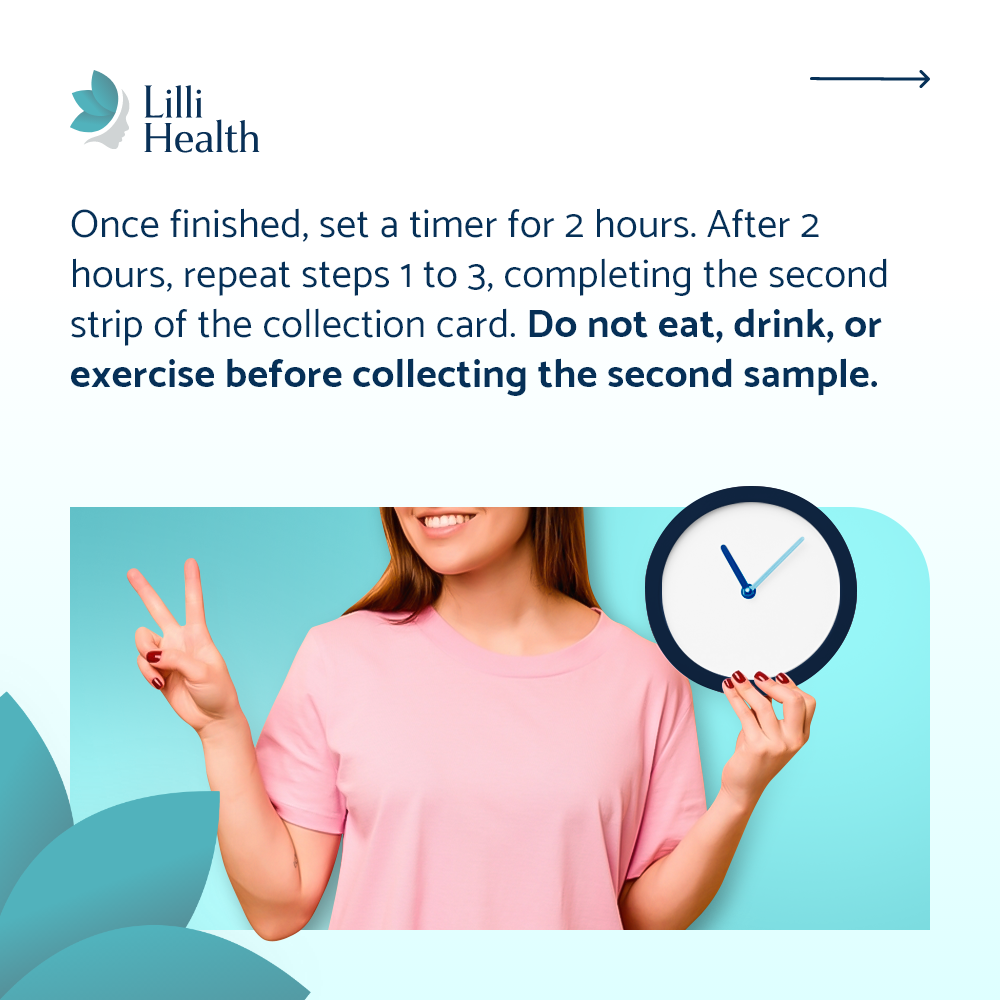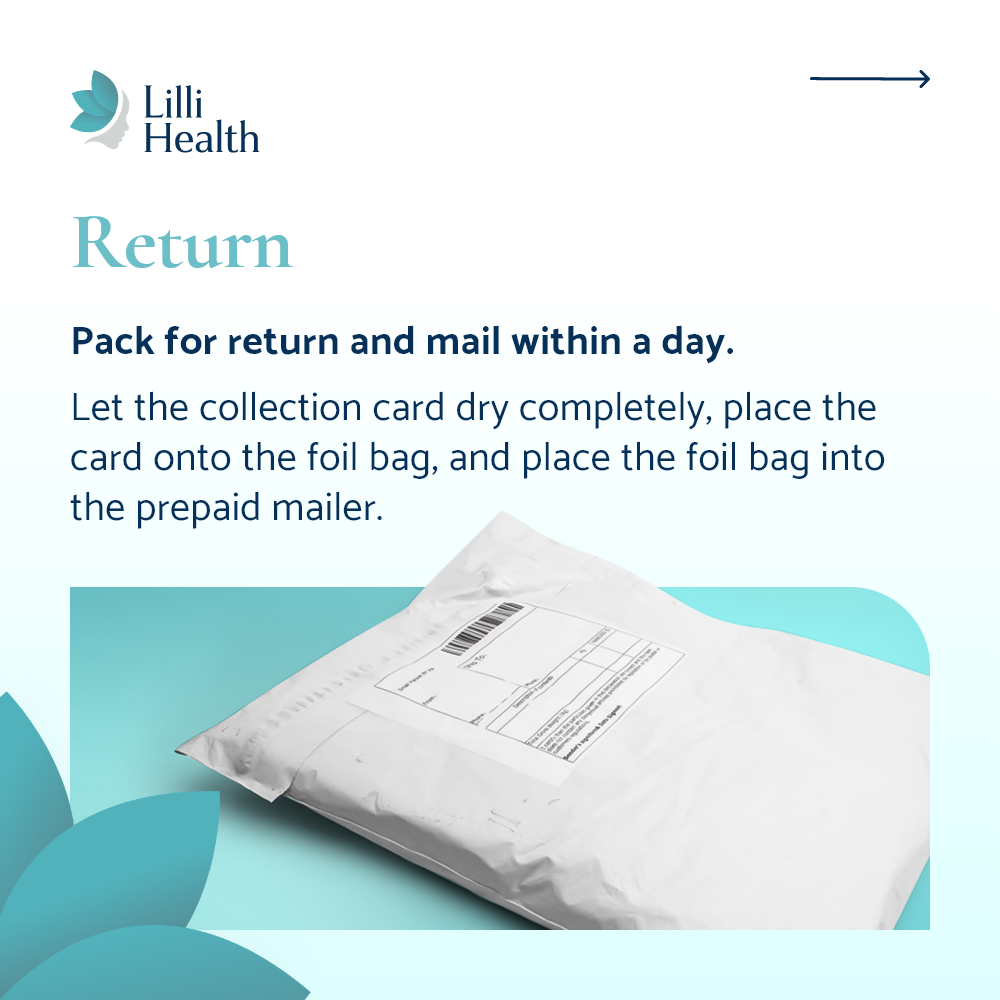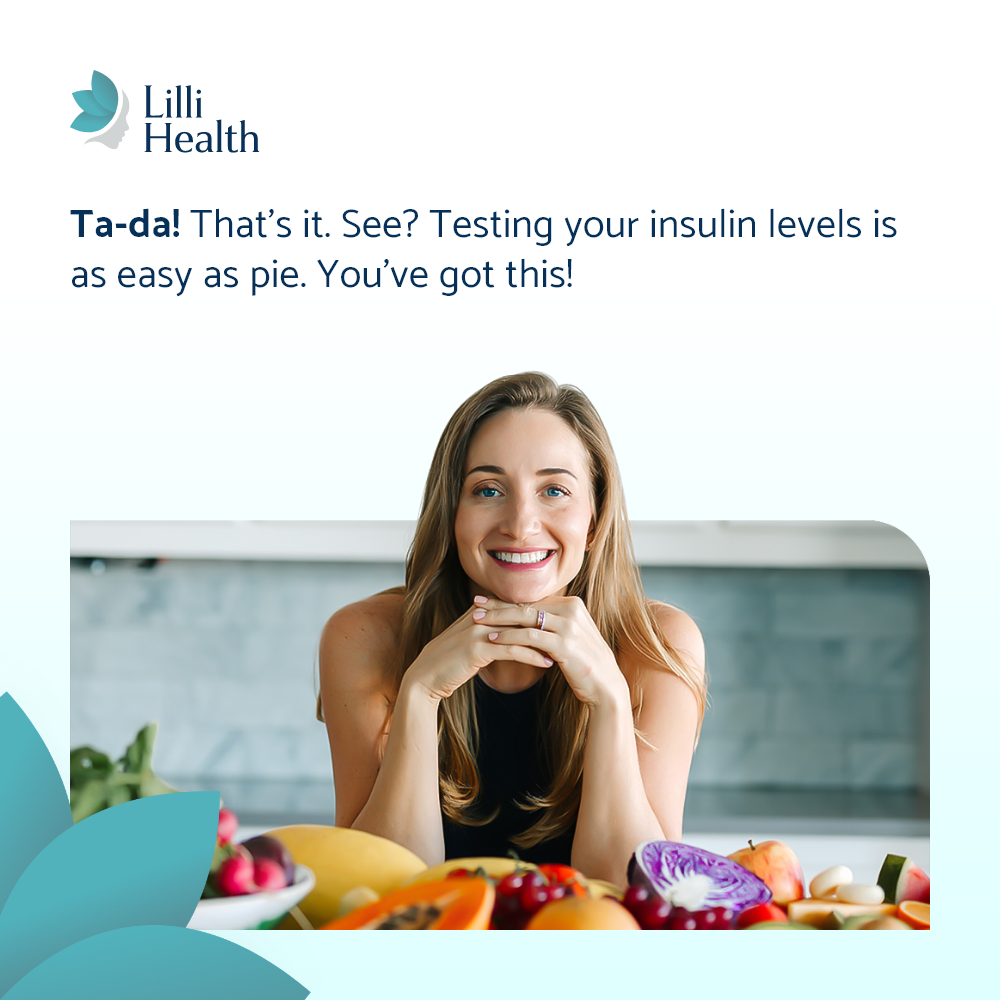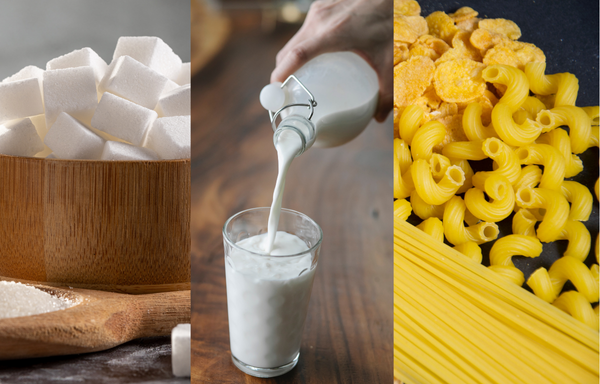

What Foods Spike Insulin—And Why It Matters
When it comes to metabolic health, most people focus on sugar and carbs—but insulin is the hormone calling the shots. Understanding which foods spike insulin (and why) is key to reversing insulin resistance, burning fat, and supporting hormone balance.
Here’s a breakdown of the most insulin-spiking foods and the science behind each one:
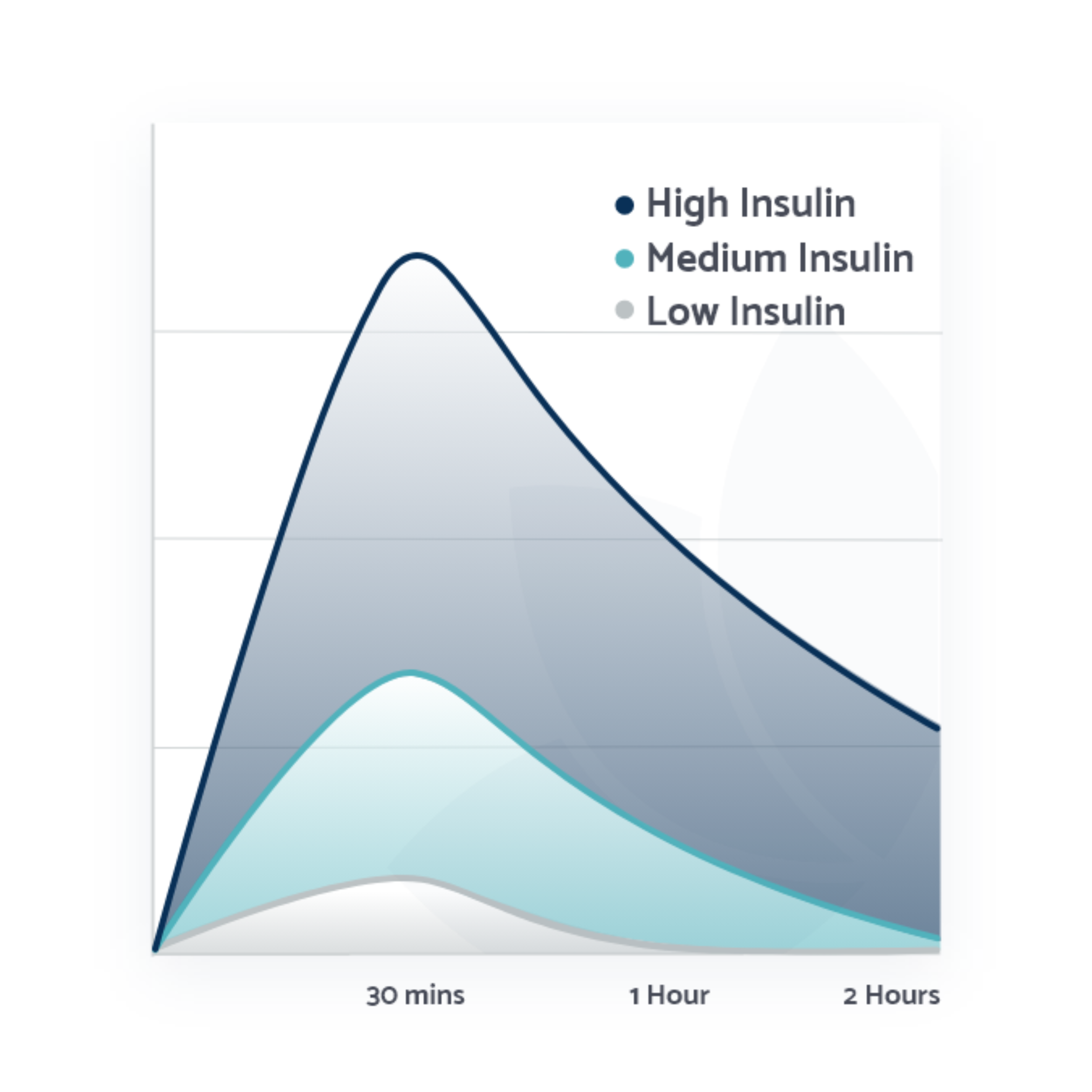
- High Insulin: Starches, sugar, milk, whey protein
- Medium Insulin Spike: Animal protein, fruit
- Low Insulin Spike: Non-starchy vegetables, nuts, seeds, healthy oils
Starch
Starches are one of the most insulin-spiking food groups, and natural selection over the last 10,000 years has made it worse. Today’s starches are:
- Lower in fiber
- Higher in starch
- Easily gelatinized when cooked
Gelatinization is what happens when starches like potatoes, rice, and pasta are cooked in water—it makes the starch more digestible and absorbable. That means it breaks down faster into pure glucose, and the faster glucose hits the bloodstream, the more insulin your body releases in response.
Even so-called “complex carbs” like whole wheat bread, oats, or brown rice still spike insulin significantly, especially in insulin-resistant individuals. So while unprocessed starches are better than processed, starch is starch.
Sugar (Natural or Processed)
This one is no surprise: sugar spikes insulin.
Whether it’s:
- Table sugar (sucrose)
- Maple syrup or honey
- Coconut sugar
- Fruit juice
- Medjool dates and dried fruit
…it’s still a rapid delivery of glucose, which requires a strong insulin response to bring your blood sugar back down.
Natural or organic doesn’t change the way it affects your hormones. Insulin doesn’t care where the sugar came from—just that it showed up.
Milk
Here’s what most people don’t know: milk causes a strong insulin spike—even when it contains no added sugar.
And no, it’s not because of the lactose.
People love to debate whether it’s raw or pasteurized, A1 or A2, cow or goat or sheep. But here’s the truth: none of that really matters. All forms of animal milk—regardless of processing or protein type—spike insulin.
And on top of that? Milk naturally contains both insulin and IGF-1 (Insulin-like Growth Factor 1. These hormones are found inside the milk itself—because the purpose of milk isn’t to nourish an adult, it’s to grow a baby mammal. That means triggering growth, cell division, and fat storage—all of which are controlled by insulin and IGF-1. In other words, milk is a metabolic signal for your body to grow, store energy, and build tissue. That’s great if you’re a newborn. Not so great if you’re trying to reverse insulin resistance or lose fat.
Even unsweetened milk, plain yogurt, or “no sugar added”creamer can trigger a significant insulin response—not because they’re high in sugar, but because milk proteins directly stimulate insulin release, regardless of blood glucose levels.
So yes, that innocent splash of milk in your coffee or your “clean” smoothie with plain yogurt may not spike your glucose—but your insulin is telling a different story.
Bottom line? It’s not the lactose. It’s not the cow. It’s the growth signals—both in the milk, and in the way your body responds to it.
After all, remember that old tagline “Milk helps a body grow?” They weren’t lying.
Whey and Casein (Milk Proteins)
Among the most insulin-spiking proteins out there. Whey protein, in particular, is notorious for spiking insulin. That’s because it contains the highest concentration of branched-chain amino acids (BCAAs)—especially leucine—which directly stimulate insulin secretion from the pancreas. BCAAs are essential amino acids, but they can be overdone and often are.
Casein does this too, although to a slightly lesser extent. These proteins were designed by nature to promote rapid growth, which is why they’re great for newborns… but not so great for people trying to lower insulin.
Bottom Line
If you’re trying to lower insulin, what you eat matters just as much as how often you eat. And it’s not just about sugar.
The biggest insulin-spiking foods are:
- Starch: easily digested, fiber-stripped, gelatinized, and turned into pure glucose
- Sugar: processed or natural, it’s all insulin-demanding
- Milk: biologically wired to raise insulin and IGF-1
- Whey and Casein: especially whey, packed with insulin-stimulating amino acids
Understanding which foods spike insulin—and why—empowers you to make choices that support hormone balance, fat burning, and long-term metabolic health.
It’s not about fear. It’s about facts—and learning how to work with your metabolism, not against it.
References
Tucker LA, Erickson A, LeCheminant JD, Bailey BW. Dairy consumption and insulin resistance: the role of body fat, physical activity, and energy intake. J Diabetes Res. 2015. Read more
Melnik BC, et al. Role of insulin, insulin-like growth factor-1, hyperglycaemic food and milk consumption in the pathogenesis of acne vulgaris. Exp Dermatol. 2009. Read more
Salehi A, et al. The insulinogenic effect of whey protein is partially mediated by a direct effect of amino acids and GIP on β-cells. Nutr Metab. 2012. Read more
Krezowski PA, et al. Insulin and glucose responses to various starch-containing foods in type II diabetic subjects. Diabetes Care. 1987. Read more
Gannon MC, et al. Acute metabolic response to high-carbohydrate, high-starch meals compared with moderate-carbohydrate, low-starch meals in subjects with type 2 diabetes. Diabetes Care. 1998. Read more
